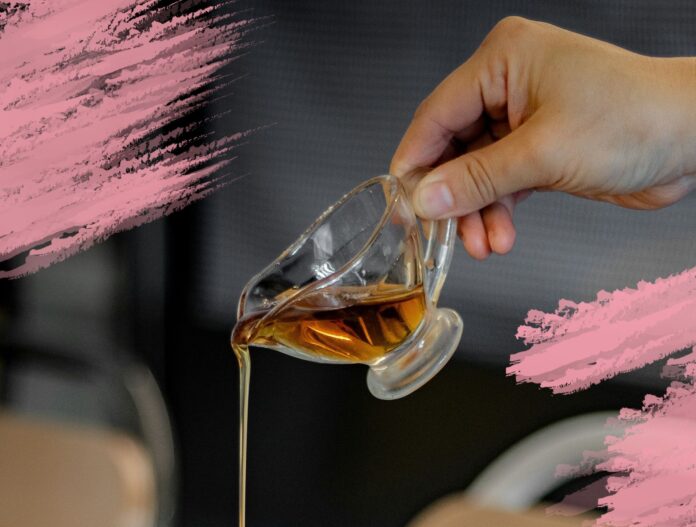
Did you know that the inside of your mouth contains nearly as much bacteria as there are people on earth? Or, that smiling may well help you live longer? And have you ever thought about just how important your mouth is? Nearly everything good or bad for you enters your body here, so it’s vital to take maximum care of your teeth and gums to ensure a better approach to your health as a whole.
A recent report by the Metro that references a recent survey on our lockdown hygiene habits reveals “nearly a quarter of us are no longer brushing our teeth twice a day since the arrival of Covid-19.” Moreover, “11% of those surveyed said there are days when they don’t brush their teeth at all”.
It seems that lockdown has gotten in the way of our oral healthcare, be that through less social interaction with friends and family, working from home and not bothering to get ready for the day properly, and dental practices not offering business as usual. We also reckon social distancing and wearing facemasks have made us laxer in our dental hygiene habits. After all, we don’t get close enough for anyone to smell our breath and masks are like a shield so no-one can tell if you’ve brushed your teeth yet this morning – right?
If this sounds all too familiar and you’re keen to adopt the best dental practice possible and keep your teeth, gums and mouth health in check this lockdown, then read on; here are 7 tips for maintaining healthy oral hygiene.
CHANGE YOUR TOOTHBRUSH REGULARLY
Proper brushing, for a two minute minimum, following the consumption, in particular, of starchy and sugary food items is essential for good oral hygiene. We know this.
But did you know that experts recommend you should change your toothbrush every three months, or earlier should signs of wear and tear, such as the bristles being frayed, be evident. If you continue your dental hygiene routine with a worn-down brush, you won’t be brushing effectively or, worse, you could do damage to your gums.
If you’re looking to upgrade your oral hygiene routine, consider an electric toothbrush. Many dentists extol the virtues of an electrified toothbrush one over a humble, manual one, and that’s great, but it still requires regular, attentive use. As orthodontist Dr. Reynolds tells Good Housekeeping “An electric toothbrush isn’t a magic wand. It still requires morning and night use — with around 2 minutes of brushing time — to be effective.”
DIET SMARTS
There are some ingredients and beverages whose regular consumption leads to discolouration of teeth. Wine, tea, and coffee can be particularly staining, with smoking and chewing tobacco two bad habits that cause staining and yellowing of teeth, too.
Generally, this is purely aesthetic, however. If you’re looking to avoid certain foods which lead to actual tooth decay, then it’s important that you cut down your sugar intake, in particular. Be aware that the Government recommends that ‘free sugars’ should only take up a maximum of 5% of your daily calories – that’s the equivalent of 7 sugar cubes. To put things in perspective, a can of Coke contains 9.
CUT DOWN ON YOUR FIZZ INTAKE
Speaking of fizz, though the mind immediately thinks of champagne, it’s not the only fizz which can be damaging to your teeth. In fact, the majority of carbonated drinks are a big enemy of oral hygiene. Citric acid and phosphoric acid present in colas cause harm to your teeth through the degradation of the layer of enamel present over the surface of your teeth.
Make sure to cut down your consumption of sodas and colas, as well as alcohol with bubbles, to ensure the continued health of your teeth and gums.
PRIORITISE FOOD WHICH IS GOOD FOR YOUR ORAL HYGIENE
Hey, this thing isn’t only about self-denial and asceticism. The good news is that there are things you can consume which have a positive impact on your gnashers, too.
Milk and products derived from milk are considered good for your teeth as they are rich in calcium and phosphates. You can hope to preserve and even add to the layer of enamel over your teeth by consuming these food items. Green vegetables, rich in vitamins, minerals, and fibre can also help fighting gum diseases and cavities. Finally, increased consumption of seafood and cereals is recommended; the rich fluoride content of shellfish, in particular, can contribute to healthy teeth and gums.
PAY A VISIT TO YOUR DENTIST EVERY FEW MONTHS
Most people visit a dentist only when there is a problem with their teeth or they are suffering from gum disease. But prevention is better than cure, and if you’re looking to maintain that pearly white smile, then you need to visit your dentist every few months to get your teeth and oral hygiene closely examined by a professional. They can identify any issues, nip them in the bud, and also advise you on good future dental hygiene methods.
FLOSS DAILY
Flossing is a technique so often overlooked, but it’s immensely important for maintaining healthy teeth and gums, breaking up plaque built on the surface of teeth, as well as dislodging any build ups between them. Some of these areas aren’t reachable by brushing alone.
Ffood and plaque does build up in between your teeth every time you eat and over time this can develop into tartar. This would result in widening the gap between your teeth and the space between your teeth and gums, loosening your teeth themselves.
You should exercise good oral care by flossing with waxed or unwaxed floss and consult your dentist or dental hygienist for the appropriate use of a dental floss to get the most out of it. For extra freshness, consider two pack metal tongue scrapers for sale online – scoring a bargain and getting your bathroom cabinet stocked up… What’s not to love?
OIL PULLING
This is an old Ayurvedic practice of teeth cleaning where 1-2 teaspoonful of coconut oil is taken side the mouth and swished around like a mouthwash. The oil is, then, kept inside for 10-15 minutes and then spat out. This method is believed to get rid of bacteria and toxins from your mouth to make your teeth whiter and shinier. Wow!
If you’re here because of more aesthetic concerns, then check out these 7 factors to consider when choosing a teeth whitening product.





